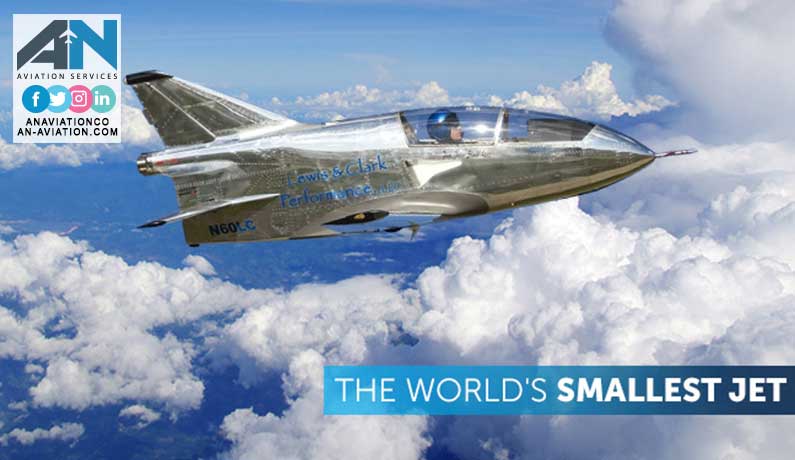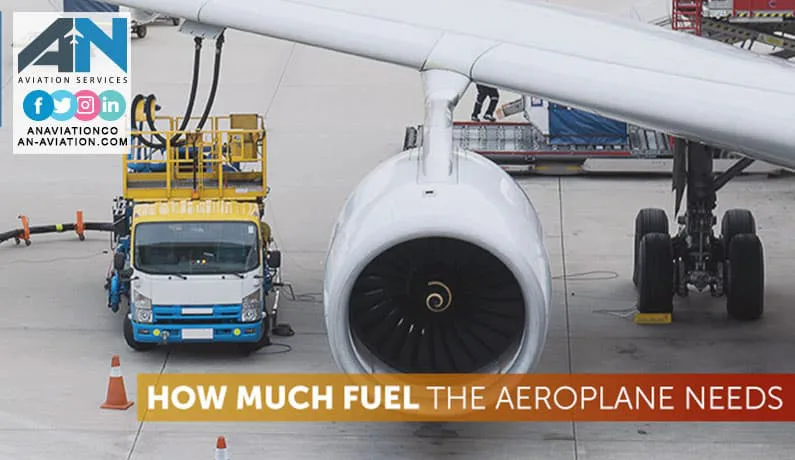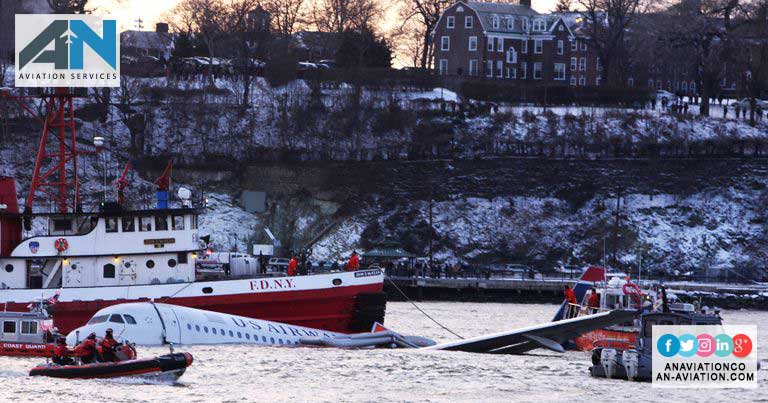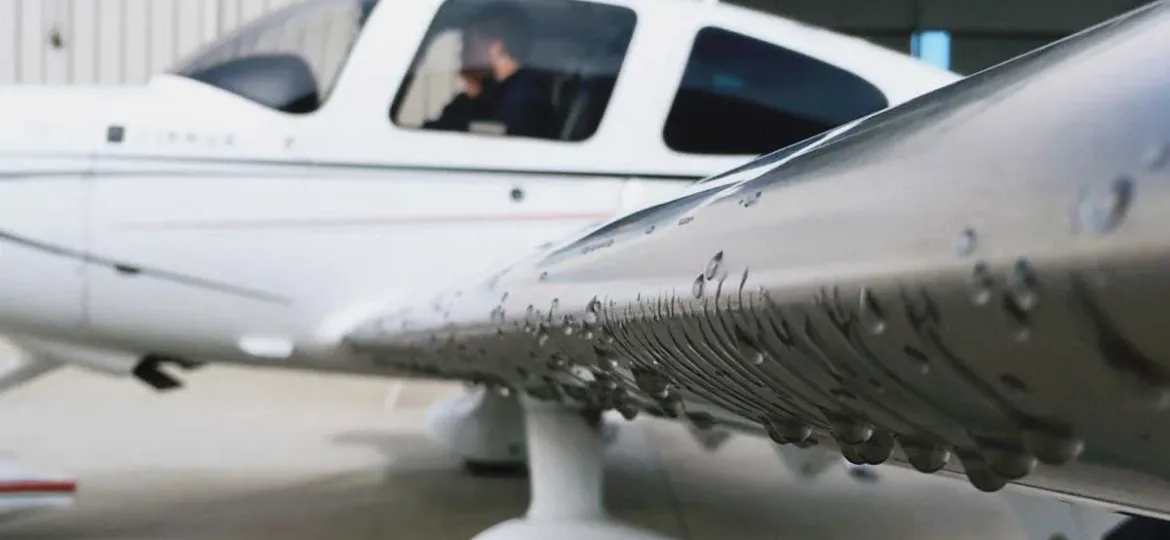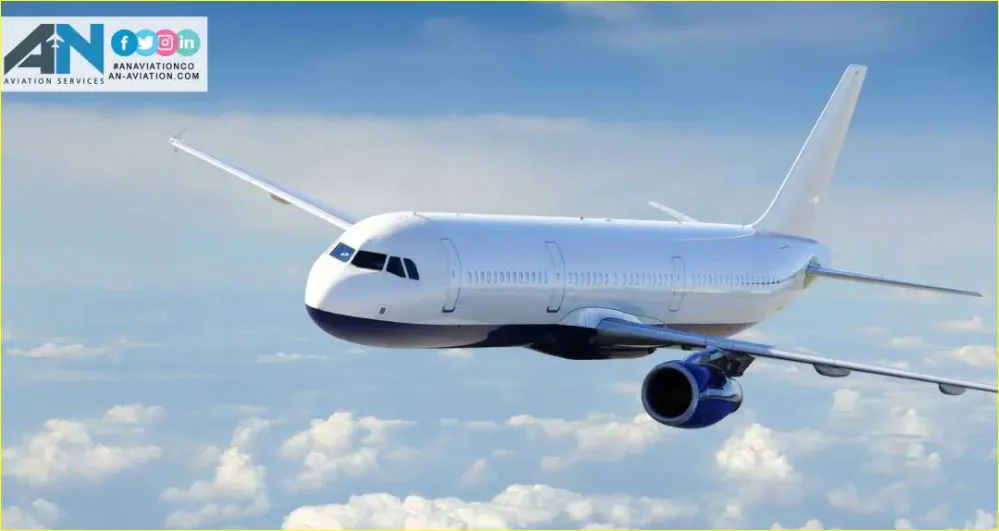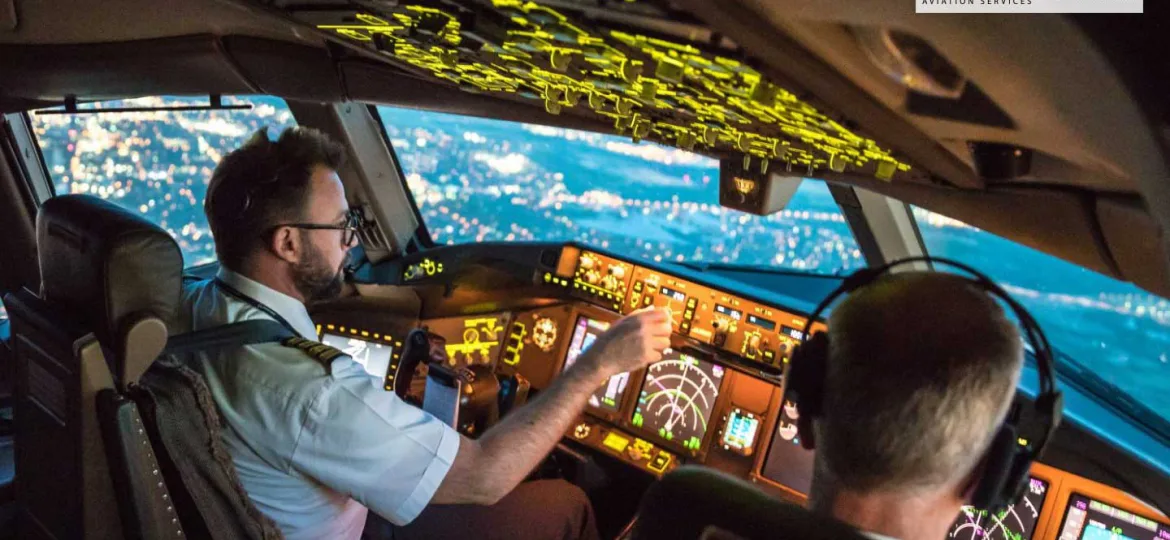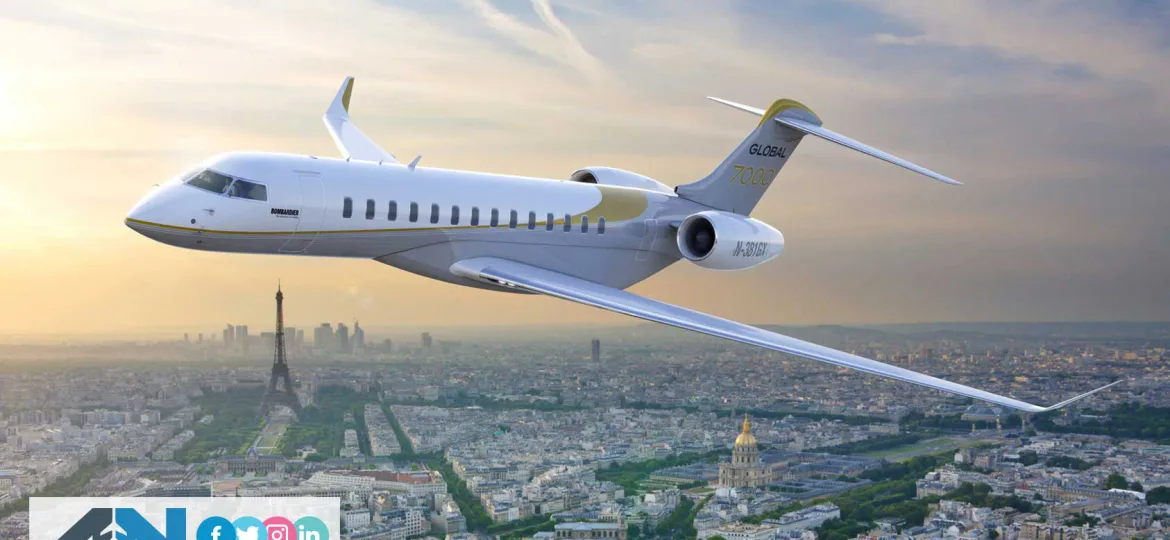When we think of jets, we often imagine large commercial airliners or sleek military fighters soaring through the skies. However, the world of aviation has its fair share of tiny marvels, and two of the most intriguing examples are the BD-5 and the FLS Microjet.
One of the most essential and carefully calculated aspects of aviation is fuel management. The amount of aeroplane fuel required for any given flight is determined by a range of factors, from the aircraft’s type to the flight distance, weather conditions, and even the weight of passengers and cargo.
The phrase “emergency landing” might send a chill down the spine of any passenger or aviation enthusiast, conjuring images of planes descending under challenging conditions.
For pilots, clouds are more than just breathtaking sights—they’re essential indicators of weather conditions, flight visibility, and safety.
Flying through icing conditions presents one of the most significant challenges in aviation, requiring advanced technology and systems to ensure safety.
Every time you board a plane, settle into your seat, and prepare for takeoff, you’re stepping into a highly orchestrated process that’s been fine-tuned for safety, precision, and efficiency.
The image of a pilot in uniform, confidently commanding a high-tech machine thousands of feet above the ground, carries a unique appeal that few other careers can match.
When it comes to air travel, few experiences can compare to the exclusivity, comfort, and elegance of luxury private jets.


